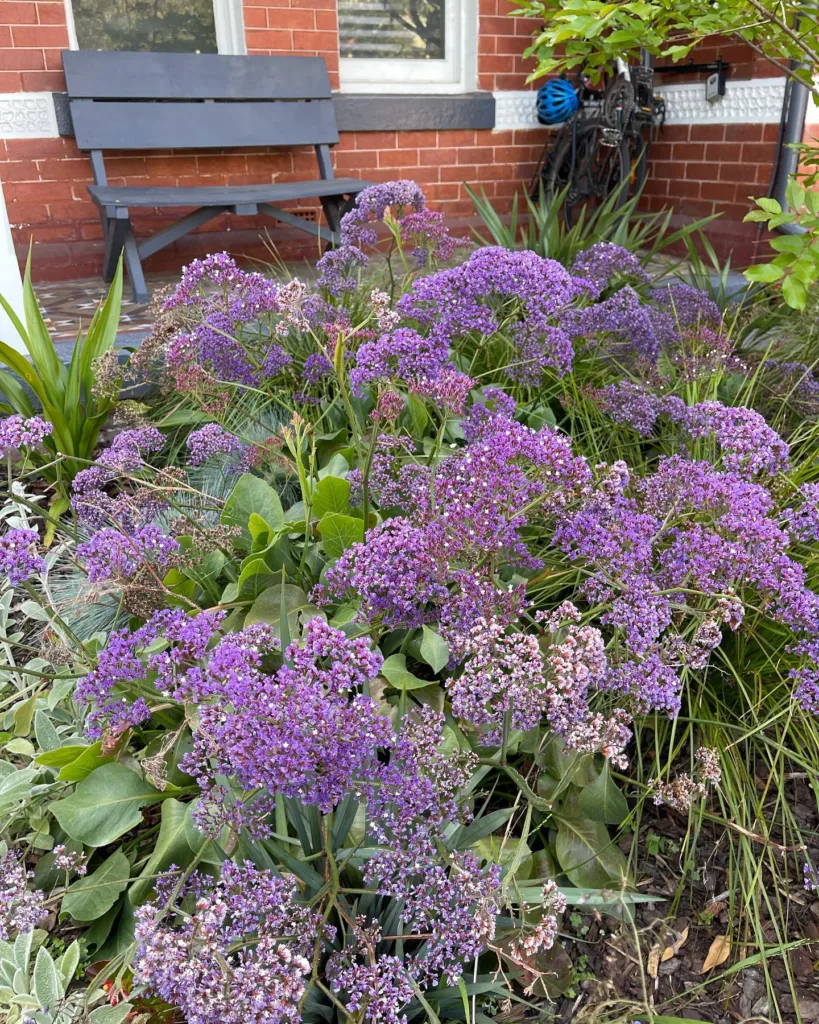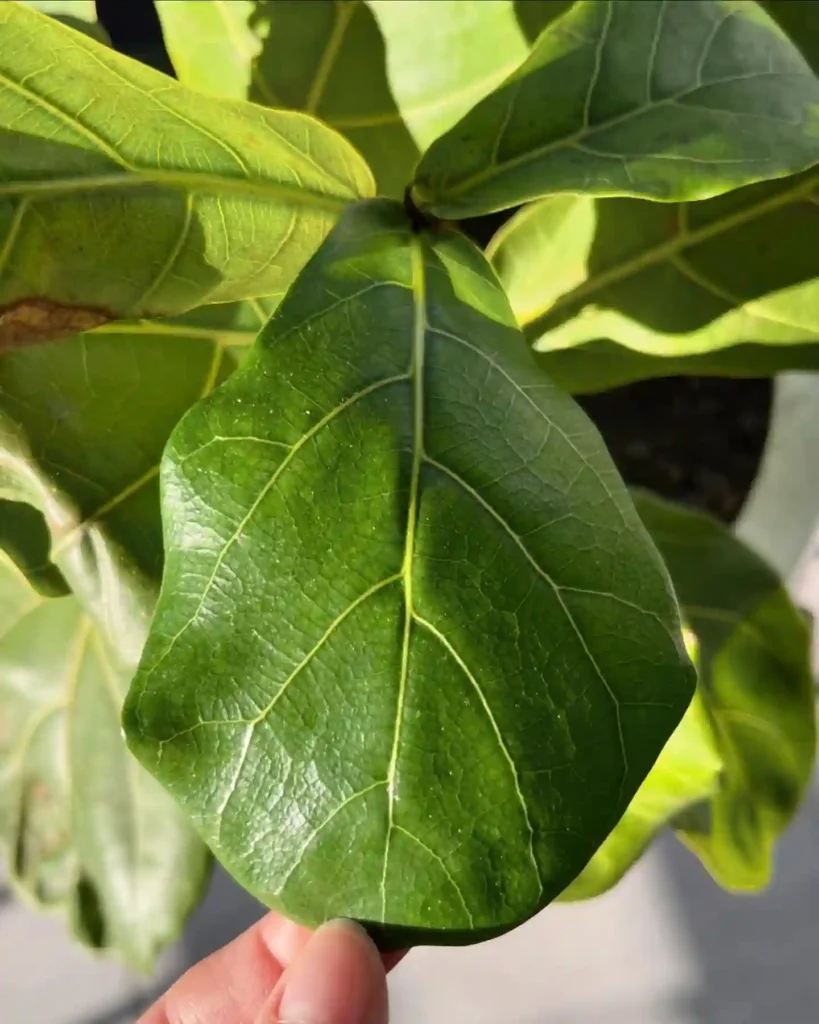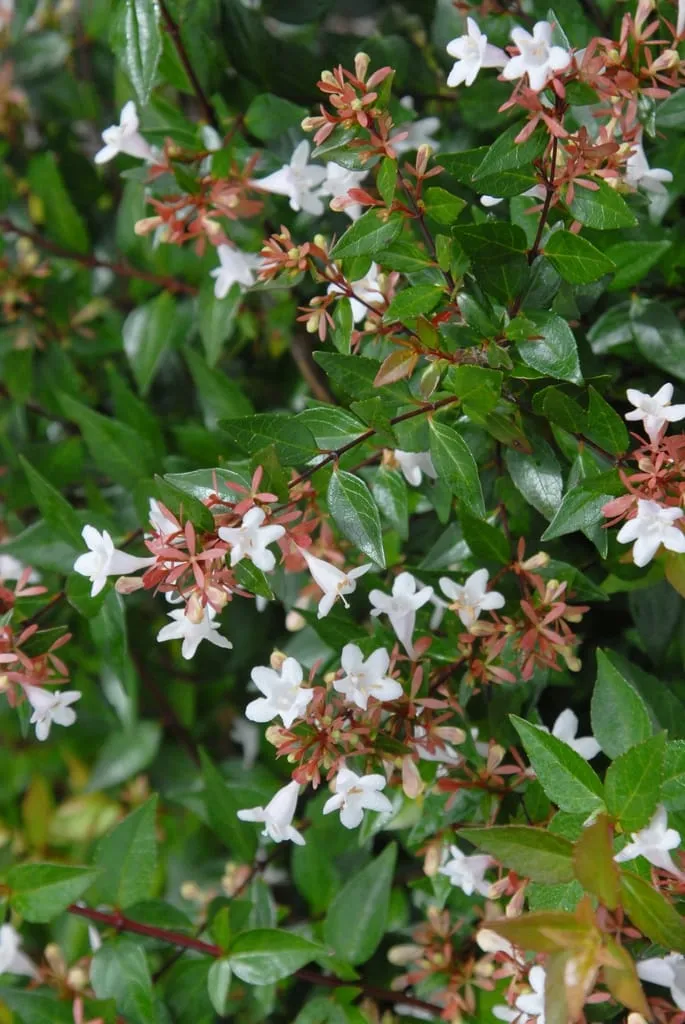What is Aeonium Cyclops?
Aeonium Cyclops, a name that conjures images of a mythical one-eyed giant, perfectly embodies this succulent’s imposing presence. Its dramatic form and captivating colors have become a focal point in my garden, demanding attention with its architectural charm. But beyond its aesthetics, the Aeonium Cyclops offers a surprising amount of resilience and ease of care, making it a fantastic choice for both novice and experienced succulent enthusiasts like myself.
91 Species in Genus Aeonium
The Aeonium Cyclops is a statuesque succulent, capable of reaching heights of 4-5 feet. Its crown jewel is the rosette, a dense cluster of fleshy, spoon-shaped leaves that unfurl in a mesmerizing spiral pattern. The real showstopper, however, is the color. The outer leaves boast a deep, reddish-bronze hue, almost like burnished copper. This dramatic shade gives way to a captivating contrast in the center, where a vibrant green heart emerges, creating a striking visual interplay. This two-toned effect is what earns the Cyclops its nickname, the “Giant Red Aeonium.”
Where Do Aeonium Cyclops Live?
Unlike its mythical namesake, the Aeonium Cyclops isn’t native to some fantastical realm. It’s a captivating hybrid, a product of human ingenuity, born from the cross between Aeonium undulatum and Aeonium arboreum ‘Zwartkop’. This lineage isn’t just a historical footnote; it contributes to the Cyclops’ unique characteristics. The undulatum influence brings a touch of whimsy with its wavy leaf margins, while the ‘Zwartkop’ heritage bestows the deep, dramatic coloring.
How to Care for Aeonium Cyclops?
While its imposing stature might suggest a demanding nature, the Aeonium Cyclops is a surprisingly low-maintenance succulent. Here’s what I’ve learned to keep mine thriving:
- Light: Aeonium Cyclops thrives in bright, indirect sunlight. Too much direct sun can scorch the leaves, while insufficient light can cause legginess (stretched stems). A south-facing window with sheer curtains provides the perfect balance.
- Water: These succulents are drought-tolerant champions. I water mine deeply only when the soil feels completely dry to the touch. Overwatering is a leading cause of rot, so err on the side of caution.
- Soil: Aeonium Cyclops needs well-draining soil to prevent root rot. A cactus mix or a DIY blend of potting mix with perlite or sand ensures proper drainage.
- Temperature: While tolerant of a range of temperatures, the Cyclops prefers moderate climates. I bring mine indoors during harsh winters to avoid frost damage.
Propagation:
The good news is that the Cyclops’ magnificence can be readily shared. Here’s how I propagate mine:
- Offsets: Mature Aeonium Cyclops may produce offsets, or “pups,” at the base of the main rosette. These can be carefully removed with a sharp knife once they reach a size manageable for potting on their own.
- Leaf cuttings: Individual leaves can also be used for propagation. Simply detach a healthy leaf by gently twisting it at the base. Allow the callus to form on the wound for a few days before laying it flat on a well-draining potting mix. With time, tiny roots and new growth will emerge.
Aeonium Companions: Selecting the Perfect Partners
The Aeonium Cyclops, with its bold presence, can hold its own in a variety of garden settings. Here are some of my favorite companions for this captivating succulent:
- Sedums: These low-growing succulents fill in the gaps around the Cyclops’ base, creating a textured tapestry of foliage.
- Echeverias: The rosette form of echeverias complements the Cyclops’ structure, while their diverse colors add a pop of vibrancy.
- Cacti: The architectural forms of cacti like Cereus or Opuntia create a harmonious desert-inspired arrangement.
By incorporating these tips and exploring these companion options, you can create a stunning display that showcases the Aeonium Cyclops’ unique beauty.
Beyond the Esthetics: The Unexpected Benefits of Owning an Aeonium Cyclops
There’s more to the Aeonium Cyclops than just its captivating looks. Studies suggest that succulents, including the Cyclops, may help purify the air by removing pollutants like formaldehyde and benzene. Additionally, caring for these low-maintenance plants can be a therapeutic and stress-relieving activity.
The Aeonium Cyclops has become a cherished resident of my garden. Its architectural form, captivating colors, and surprising ease of care make it a true standout. Whether you’re a seasoned succulent enthusiast or just starting your botanical journey, the Aeonium Cyclops is sure to become a focal point in your space, offering a touch of drama and a reminder of the beauty and resilience found in the natural world. With minimal effort, you can cultivate this captivating giant, allowing it to grace your home or garden with its majestic presence for years to come.
If i die, water my plants!



